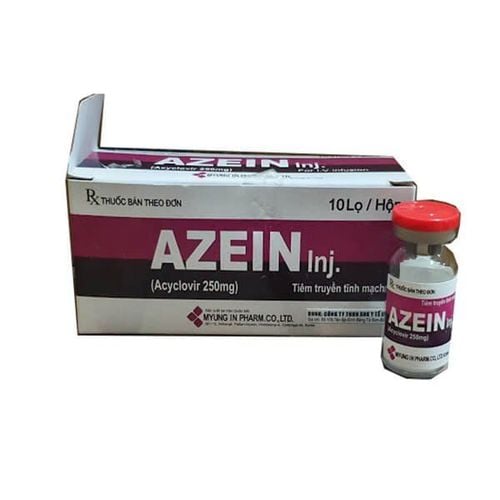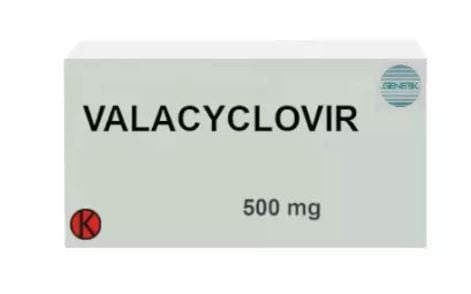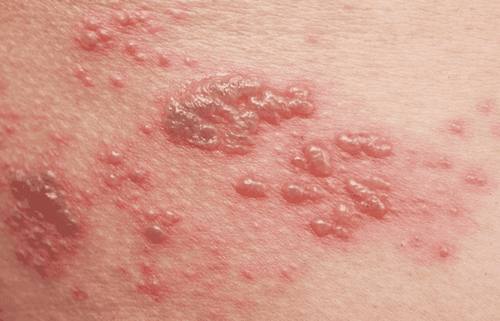This is an automatically translated article.
The article is professionally consulted by Master, Doctor Huynh An Thien - Neurologist - Department of Medical Examination & Internal Medicine - Vinmec Danang International Hospital.Shingles can be painful for the patient. So when symptoms of shingles appear, you need to treat them as soon as possible to avoid nerve pain later.
1. Pain caused by shingles
Shingles is an infection in the nerve roots, after healing, the pain does not go away. Postherpetic neuralgia (PHN) is the most common complication of shingles. This condition affects nerve fibers and the skin, causing burning pain that lasts long after the rash and blisters of shingles go away.
The risk of shingles increases with age, mainly affecting people over 60 years of age. PHN has no cure, but treatments can relieve symptoms. For most people, postherpetic neuralgia improves with time.
These pains can last for months, years or even a lifetime. If the pain persists for at least 3 months after the shingles rash has healed, it is shingles. PHN does not simply cause nerve pain, it is also expensive to treat and affects quality of life.
However, PHN is treatable and preventable with medications. There are many medications that can reduce the risk of nerve pain caused by shingles. Specifically,
Three antiviral drugs are used: Famciclovir (Famvir), valacyclovir (Valtrex) and acyclovir (Zovirax). Tricyclic antidepressants: These are older, but effective antidepressants for PHN nerve pain, and include nortriptyline (Pamelor), desipramine (Norpramin), and amitriptyline (Elavil, Endep). Strong Opioids: Drugs that are effective for nerve pain include morphine, oxycodone, and methadone. These medications need to be used within two to three days of the onset of shingles.
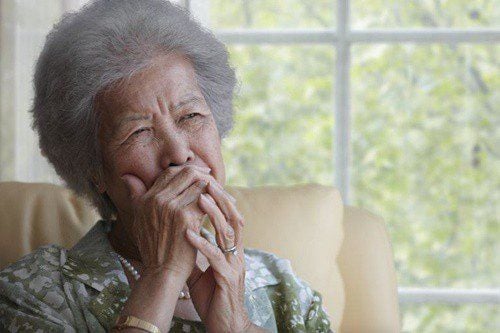
2. Causes of nerve pain caused by shingles
Shingles caused by the Varicella-zoster virus that causes recurrent chickenpox. For people who have had chickenpox, after recovering, the virus has not been completely destroyed but hidden in nerve cells in an inactive form.
Normally, they are suppressed by the natural human immune system. When the immune system shows signs of weakening due to age or illness, these viruses "wake up" and become active again.
When you have shingles, you may be at higher risk for PHN neuralgia because:
Age: 50 years of age or older Severity of shingles when you have a severe rash and severe pain . Have another medical condition such as diabetes. The location of the shingles such as the face,... Antiviral treatment of shingles is delayed more than 72 hours after the onset of the rash Depending on how long and how painful the PHN neuralgia is, the patient may have other complications such as:
Anxiety Fatigue Difficulty sleeping Appetite Loss of concentration.
3. Symptoms of shingles
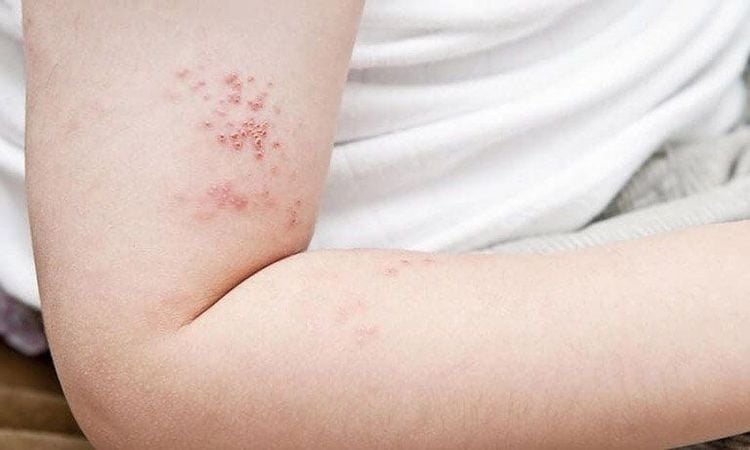
Signs and symptoms of PHN are usually limited to an area of your skin, most commonly a band around your torso, often on one side of your body.
Nerve pain caused by shingles will appear symptoms before the rash such as numbness, tingling, pain, ... The patient feels severe pain in the early stages of the disease and the rash is severe.
Sensitive to light touch; Patients often feel pain even to the touch of clothing on the affected skin (allodynia). Itching and numbness: PHN neuralgia produces an itchy or numbing sensation.
Please dial HOTLINE for more information or register for an appointment HERE. Download MyVinmec app to make appointments faster and to manage your bookings easily.





